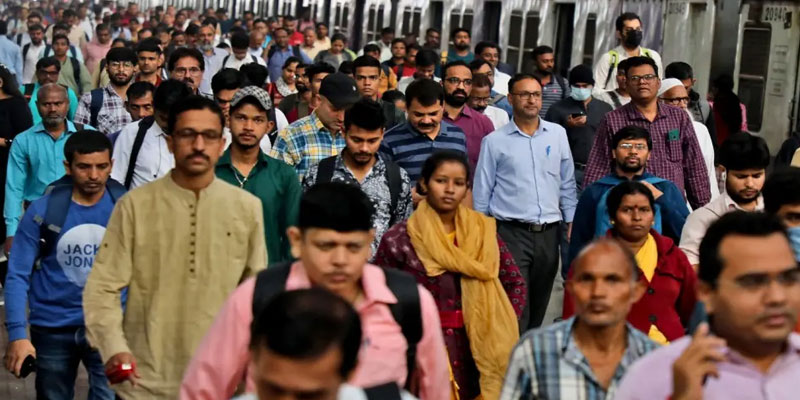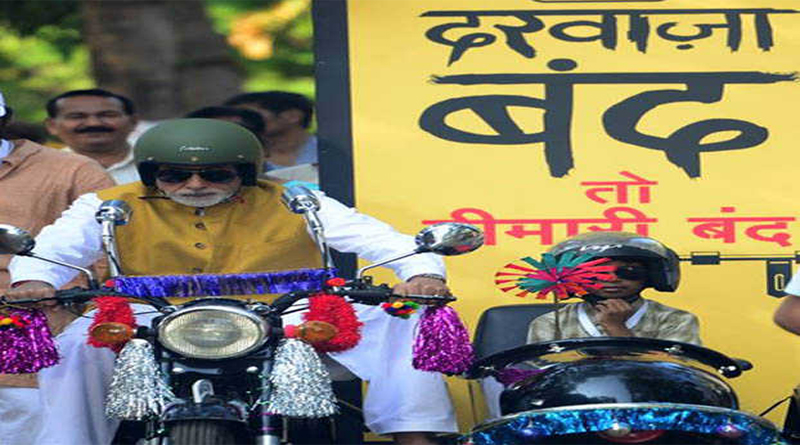Historic Census Unveiled: Amit Shah Reviews Mega Population Count
Union Home Minister Amit Shah has formally reviewed the preparations for India’s next population census, which will be conducted in two distinct phases starting October 1, 2026, and concluding March 1, 2027. The Centre announced the long-awaited census dates on Monday, marking the launch of India’s first-ever digital census.
The first phase — House Listing Operation (HLO) — will capture information on household assets, income, and amenities, while the second phase — Population Enumeration (PE) — will gather demographic, socio-economic, and caste-related data, including caste for the first time since Independence. This critical exercise will also pave the way for the implementation of the Women’s Reservation Bill and the delimitation of parliamentary constituencies.
Census After 15 Years: A Landmark in Indian Governance
This upcoming census will be India’s 16th overall and 8th since Independence, but it comes after a significant 15-year delay, with the last census held in 2011. The 2021 census was postponed indefinitely due to the COVID-19 pandemic, leaving a vital gap in current demographic data.
For the first time, the census will be entirely digital, with data collection conducted through a mobile application and the option for self-enumeration. Over 34 lakh enumerators and supervisors, along with 1.3 lakh census officers, will be deployed across the nation. A notification for the census process will be published in the official gazette on June 16, 2025.
Inside the Two Phases: A Deep Dive into India’s Changing Demographics
In the first phase (House Listing Operation), enumerators will collect information on housing types, family assets, amenities like toilets, drinking water sources, income levels, and electricity access. This data will serve as the foundation for various welfare schemes and infrastructure planning.
The second phase (Population Enumeration), to begin in March 2027, will delve into demographic details such as age, gender, religion, occupation, education, migration status, and for the first time, caste. Caste enumeration has long been a politically sensitive issue in India, and its inclusion marks a major policy shift with significant implications for affirmative action, resource distribution, and political representation.
Beyond Numbers: Impacts on Policy, Politics, and Women's Empowerment
The announcement of the new census schedule is not merely a statistical exercise; it is politically transformative. Most significantly, it unlocks the constitutional trigger for the Women’s Reservation Bill, which mandates 33% reservation for women in the Lok Sabha and state assemblies. As per the legislation, the bill can only come into force after the next census and a subsequent delimitation exercise — the redrawing of electoral boundaries based on updated population data.
Delimitation has been a contentious issue, frozen since 1971 to maintain regional balance in representation. With this new census, the long-pending political boundary readjustments are expected to resume, possibly reshaping the electoral landscape and power dynamics across states.
Furthermore, updated and granular data on caste, income, and migration will offer a more accurate map of India’s socio-economic fabric, guiding targeted welfare policies, infrastructure planning, and education reforms. It will also help in measuring the impact of past schemes, including Ayushman Bharat, PM Awas Yojana, and rural electrification.
India’s Most Ambitious Census Yet – A Defining Moment
This is more than just a headcount. The 2026–27 Census is a pivotal step toward making governance in India data-driven, inclusive, and future-ready. With digital innovation, caste enumeration, and a linkage to monumental reforms like women’s political representation and electoral redistribution, this census is set to be India’s most ambitious and impactful yet.
As the world’s most populous nation prepares for this demographic deep dive, the true challenge lies not just in counting the people—but in using the numbers to empower them.
(With agency inputs)






















